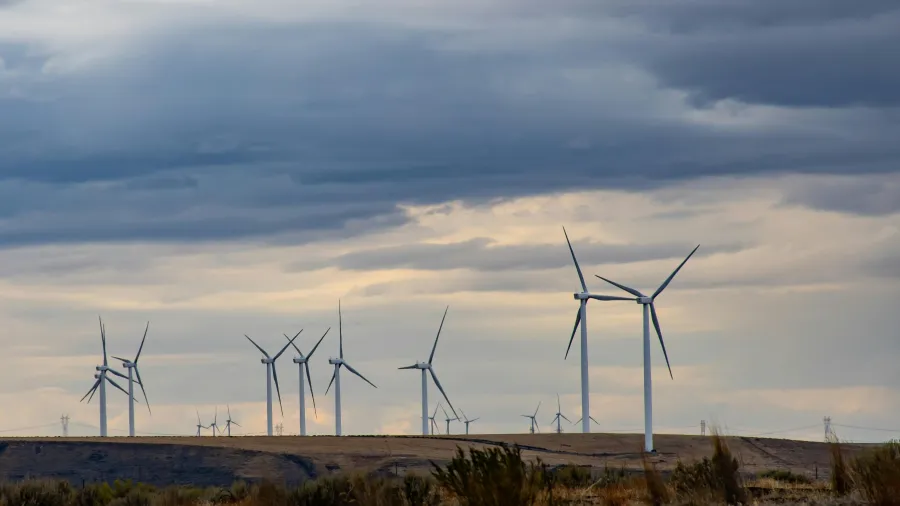
Utility-scale solar and wind pipeline grows by 20% in 2024
Major economies contributed minimally to new construction.
The pipeline of utility-scale solar and wind capacity grew by 20% to reach nearly 5 terawatts (TW) in 2024, according to Global Energy Monitor (GEM).
In its latest Global Solar Power Tracker and Global Wind Power Tracker, GEM said utility-scale solar and wind are largely equal in their prospective development, with 2 TW and 2.5 TW, respectively.
This number includes all projects that have been announced, entered pre-construction, or are currently under construction for solar capacity over 1 megawatt (MW) and utility-scale wind capacity over 10 MW.
China has the largest prospective capacity for both solar and wind, with over 1.3 TW which is over a quarter of all prospective capacity globally. It is followed by Brazil (417 gigawatts (GW)), Australia (372 GW), the U.S. (218 GW), and Spain (144 GW).
GEM also noted that “the world’s richest countries account for only a fraction of new construction.” G7 countries, who own a 45% share of global gross domestic product, are building only 59 GW, versus China that is responsible for more than 70% of current construction on utility-scale solar and wind globally, or over 416 GW.
Despite this, these major economies are more likely than China and the rest of the world to finish projects on time.
GEM said about 76% of solar and wind projects in G7 countries became operational within the originally planned time frame. This declines to 55% in China and further drops to 52% in other non-G7 countries.


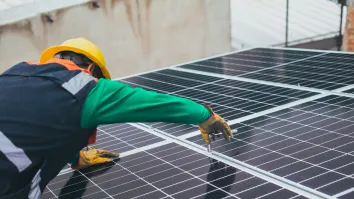

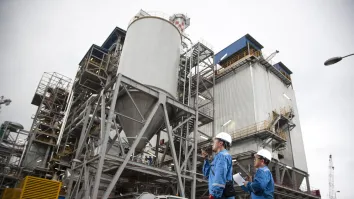

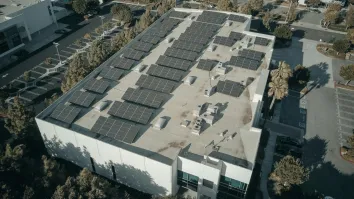








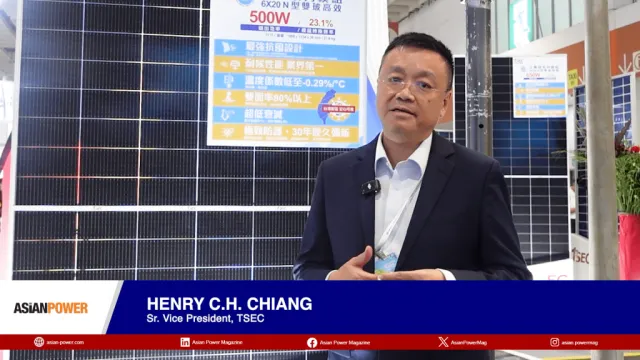

 Advertise
Advertise







